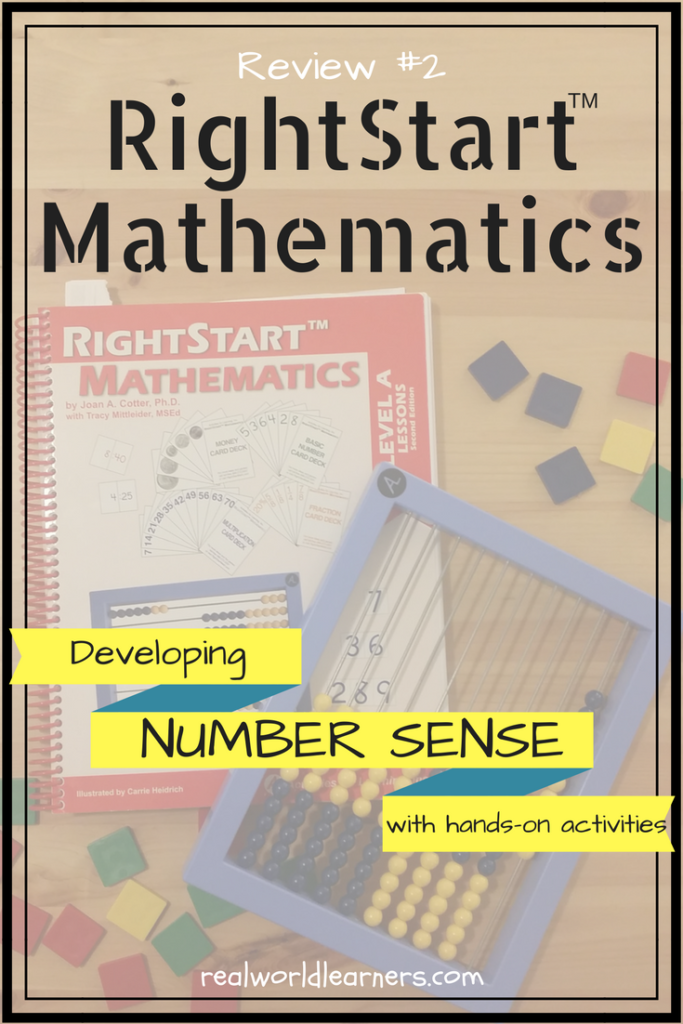 Review #2: RightStart Mathematics — developing number sense
Review #2: RightStart Mathematics — developing number sense
(Note: I am an affiliate with RightStart Mathematics, meaning that I get a commission on any purchases made through these links at no additional cost to the purchaser. You can read my full disclosure and privacy policy here. Prior to my blogging life (and working with affiliate programs), however, I had carefully analyzed all the homeschooling math curriculum on the market and purchased a couple levels of the RightStart curriculum sets. As a former Math teacher, I love their educational philosophy, presentation of lessons, and hands-on materials. I will be writing a monthly update on our experience working through Level A with our preschooler.)
You can read other posts in this series by clicking on the links below. I will update this list as I write more articles:
Number Sense
I love the way that the lessons help kids develop a strong number sense. The first several lessons work through a conceptual understanding of 1-10, pattern recognition, and basic geometry using a variety of hands-on manipulatives and card games.
I taught high school math before I had kids. I was completely sold on the idea of helping students understand how mathematical concepts and processes work. I didn’t realize until I had my own kids, however, that this same educational philosophy can apply to even the most basic concepts.
For instance, as I help my 2 and 4 year old work on counting skills, I’m learning (with the help of the guided teaching lessons in the Level A notebooks) how to introduce the numbers from 1-10 as groups of 5. For example, 7 is not just the seventh word in a run-on phrase (onetwothreefourfivesixseven … etc.) but is a name and a written symbol that represents a group of 5 and 2 units together.
The incredible value of 5’s and 10’s
This may seem very basic, but when kids learn from the very beginning how to compose and decompose numbers, as well as recognize amounts of objects at glance (when grouped by 5’s and 10’s), they will have a very strong foundation for building a solid mathematical understanding and developing fluency with these (potentially) abstract concepts. This kind of number sense builds a natural bridge to higher-level concepts such as adding and subtracting. It also leads naturally into mental math strategies, since kids will learn to re-arrange numbers in their head in easily-ordered groups, combining large numbers with ease.
Superman (our preschooler) has definitely caught onto this idea. I’ll randomly ask him to show me a number on his fingers and he can instantly show (or identify) any amount from 1-10. When I ask him to explain how he knows how to hold up 8 fingers at at a glance, without counting, or how to identify 8 tally sticks or beads on an abacus, he can explain that 8 is a group of 5 (a complete unit) and 3 more (a “glance-able” amount).
Detailed lessons
The RightStart book (level A) explains very clearly how to present concepts in this way. These beginning lessons walk you (the parent/tutor/teacher) through this process in a detailed and thorough way. The introduction to the book explains their teaching philosophy clearly and the lessons carry it out in a hands-on, practical, low-prep way. I like how I can just read through the lesson prompts and know that I’m presenting concepts in a sequential way that will help my kids develop an understanding of how numbers work. I also like the fact that it looks like play and conversations, not worksheets! 🙂
Natural extensions
I often ad-lib and use the lesson as a launching point for extended activities or explorations of ideas. For example: “How many different triangles can we make with this geoboard? What is the difference between them? Let’s talk about what we notice in your creations here.” … or “can you create your own ABBA pattern with these color blocks?” … etc. The lessons provide a solid foundation with plenty of activities; I love the consistency of the high-quality lessons that are ready to go, as well as the inspiration for extending the given topics and games.
Working at your child’s pace
I’m also a huge fan of working according to a child’s pace and comfort level, not according to a pre-set curriculum calendar. Homeschooling naturally lends itself to that, and I believe a vital component of a high-quality education is giving kids the space and freedom to explore and learn on a “schedule” that matches their own development. Having said that, I also think that most material could be learned more quickly and retained better through one-on-one instruction than in a classroom setting, provided you have good teaching materials, clear explanations, and hands-on practice. From everything I’ve seen so far, and based on my own experience working with several different textbooks companies, RightStart comes through strongly on all those fronts. I would encourage anyone using this program to jump in at the beginning and work through the lessons at your child’s pace; you may find yourself covering a lot more ground more quickly than you expected — and your child will probably have a pretty solid grasp on the concepts and enjoy the learning process! 🙂
If you’d like to check out the program in more detail, you can click on any of the links above, or click here to be taken to their website.
I’d be happy to hear any thoughts, questions, or experiences you’ve had with RightStart or with math in general! Feel free to leave a comment below.
Subscribe to follow along
If you would like to receive updates about these types of posts and other learning adventures and new resources, you can subscribe using the form at the top, side, or bottom of this post.
More Math Activities
You can see all of my posts about our math activities (with several free printables) on my Math page.
Learning Resources for Teachers, Tutors, and Parents
If you’d like to visit my store to see my library of learning resources (focused on Pre-K – 3rd grade Math, Science, Reading, and Writing, and High School Algebra and Geometry), you can check it out here:
https://www.teacherspayteachers.com/Store/Sandra-Balisky
14 comments on “Developing number sense – a review of RightStart Mathematics”
Comments are closed.

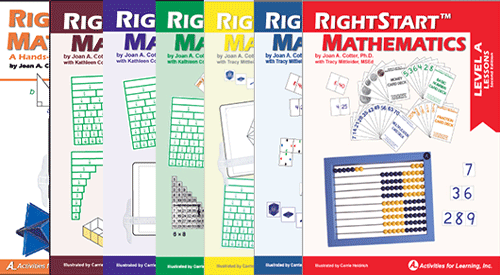
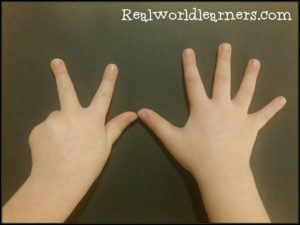
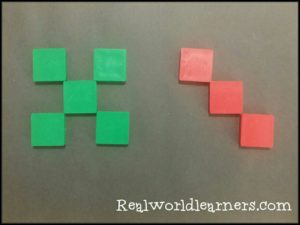
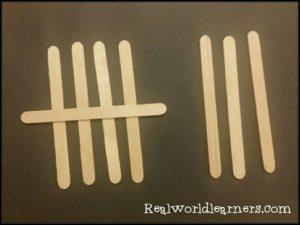

Hi Sandra,
Thanks for providing great advice and resources to teach math. I wanted to ask if you were familiar with Singapore Math and how that curriculum compares to Right Start? My 6 year old son went through Singapore Level 1 in Kindergarten at a school. This year (our first year homeschooling), I tried starting him at Level 2 and realized he didn’t have a strong foundation. So I focused on math facts, visualizing ten frames, and used Math Mammoth to review and reteach. Most recently, I went back to using the Singapore Math Extra Practice book. Math hasn’t been smooth sailing for us this year. I’ve jumped around a lot, while trying to develop skills and number sense. My son learns visually and I tried getting him to look at addition/subtraction problems using 10 frames. He doesn’t do well visualizing it in his head, though. (We are going through your 10 frame lessons now). I’m wondering if I should consider another curriculum like Right Start. I hate to keep hopping around, especially with the expense. But I can’t say that math is exactly clicking for him with either Math Mammoth or Singapore Math. I would love your thoughts on when to consider switching curriculum and difference btw Singapore and Right Start. Thanks!
Hi Connie – thank you for your comment and question! I’m so glad to hear that you’re looking for a way to build a solid foundation in math with your son from the very beginning! From what I’ve seen of Singapore Math, it focuses a lot on skill practice and test prep but doesn’t use a lot of hands-on materials or lessons that build a conceptual understanding. That’s my impression though of the upper levels (and please forgive me if that’s inaccurate); I haven’t looked in detail at the lower levels. I don’t have any experience with Math Mammoth, but after a glance at their website, it looks like it might be a good way to supplement certain skills with extra guided practice? I’m sorry I can’t address those more specifically at this time, but you’ve inspired me to look into these programs for younger grades in more depth. What I can say, however, based on my years teaching middle and high school math, is that an ideal math curriculum would have a lot of hands-on practice with built-in lessons that help kids explore ideas and understand how numbers and concepts work. I’ve seen too many students struggle with Algebra and Geometry because they didn’t have a solid foundation in math. So a program like RightStart that provides manipulatives (balance scale, abacus, geoboard, counting objects, card games, etc.) as the structure for the lessons, as well as a strong philosophy backing up the lesson progression and development, would give kids the best chance to learn how and why math works – while enjoying the process. 🙂 Like I mentioned in this post, I love that our “math lessons” look like play and conversations, not algorithms and worksheets, especially at the very beginning stages. I hope this is a bit helpful; feel free to email me at sandra@realworldlearners.com if you want to talk more about ideas for helping your son learn math in a visual and foundational (can’t think of a better word for that …) way. Also, I’d love to hear any feedback on how the ten frames lessons are working out! 🙂